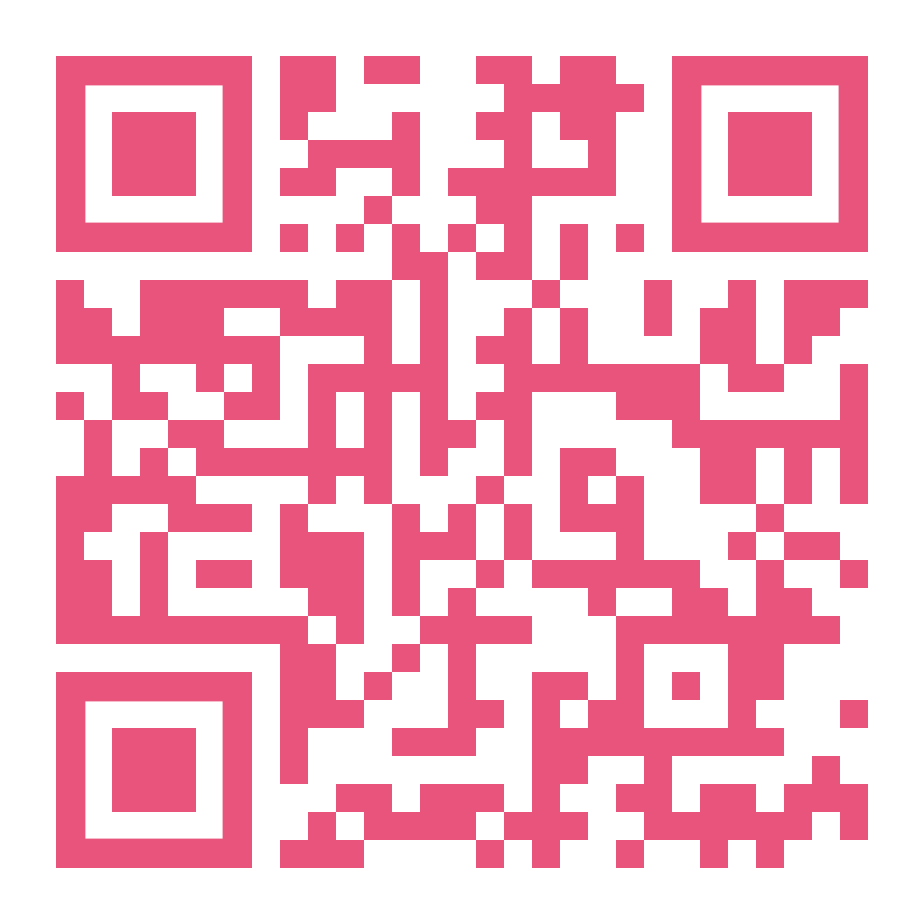Eu sou um loop criativo: em direção a estúdios integrativos em design e tecnologias criativas
Resumo
“Eu sou um loop estranho” é uma declaração profunda do polímata Douglas Hofstadter, que integra ideias da Filosofia, Neurociência e Ciência da Computação para analisar conceitos de “Eu” (self) e consciência (Hofstadter, 2007). Apoiado sobre os ombros dessa ideia gigante (parafraseando o dito de Newton), procuro, aqui, examinar minha identidade como designer-pesquisador, como uma forma de desencadear a reflexão e sintetizar propostas para um novo tipo de pedagogia de estúdio que reúne teoria e prática, que parecem ter se distanciado na educação do design convencional e na pesquisa em design. Pensadores de epistemologias e eras geo-históricas têm se preocupado com questões do tipo “Quem sou eu? Quem somos nós?". Eu encontrei uma perplexidade semelhante como estudante de graduação, três décadas atrás, entre designers que se perguntavam “O que é design? Quem é designer?” (Roberts, 1982) — uma questão que continua a despertar debates até hoje. Eu uso e estendo aqui o conceito de "sentipensante" (Borda & Moncayo, 2009) para refletir sobre minha experiência pessoal sentimento-pensamento-criação em design e o "loop criativo" um tanto confuso que conecta as identidades de pesquisa e design em mim e em nossos alunos de pós-graduação (Yee, 2017). Para tornar estas ideias mais concretas, refiro-me a três experiências recentes, específicas: duas são lições aprendidas com meu ensino no programa de Tecnologias Criativas na AUT e uma com meu trabalho de pesquisa em um espaço maker após a aula em uma escola de South Auckland, em Tāmaki Makaurau, entre 2016 e 2021. Elas ilustram alguns dos profundos abismos que dividem as atividades de design e pesquisa na academia moderna, particularmente o divórcio entre a chamada teoria e a dita prática. As escolas de design de hoje têm uma divisão paradoxal, amplamente arbitrária e perversa entre essas formas de conhecimento. Eu sugiro que, na educação em design, o que chamamos de teoria não é realmente teoria, e o que chamamos de prática não é realmente prática. Temos feito as duas coisas erradas, principalmente por causa do abismo que abrimos entre elas. Eu problematizo, aqui, as maneiras como os currículos são planejados na educação em design, as pedagogias e as práticas de estabelecimento de horários que usamos, e os discursos entre nossos alunos e professores. A última parte do artigo adota uma postura construtiva, em uma jornada que começou filosófica, virou crítica e se encerrou generosamente com ideias concretas para o futuro da bolsa de design. Para tanto, desenvolvo a noção de “práxis de design” para reformular o que o estúdio pode ser na educação em design: um espaço integrativo onde formas pluriversais de conhecimento podem se reunir em “loops criativos” para gerar, aplicar e avaliar conhecimentos de design.

Copyright (c) 2021 Ricardo Sosa

This work is licensed under a Creative Commons Attribution 4.0 International License.
